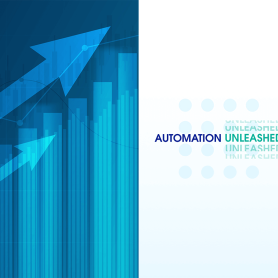Automation and AI: The 4-Movement Symphony to Drive IT Efficiency
Evolving business and customer demands have long been a challenge for IT, and navigating them remains top of mind. The pulse of innovation never
4 Must-See Automation Sessions for IT at TDX 2023
TrailblazerDX (TDX) is right around the corner, and everyone's buzzing about the latest automation trends. We have so many exciting things to share with
How Interoperability Makes Your Enterprise More Cost Effective
Gone are the days of CIOs having control over technology buying decisions in their organizations. To keep pace with the delivery of digital initiatives,
The Future of Personalized Healthcare With MuleSoft
“Out with the old, in with the new” may be a quick phrase to roll off the tongue, but driving change requires planning, grit,
7 Digital Trends You Need to Know for 2023
2023 is just around the corner, and with a new year comes new business goals, objectives, and digital initiatives. Since the pandemic, we’ve seen
Key Takeaways from our Gartner IT Symposium Sessions
MuleSoft was at the Gartner IT Symposium/Xpo™ 2022 among the world’s leading brands for the tech innovation and business strategy conference of the season.
Top 5 IT Trends Shaping the Future of Work
The pandemic changed the business world as we know it – IT was no exception. With the Great Reshuffle, people left their jobs in
Balance your tech debt with net-zero code integration
There is large-scale skepticism about the ability of governments and organizations to meet net-zero emissions targets. Emissions reductions, recycling practices, and the myriad of
The shift toward a digital-ready culture: Is your organization there yet?
In the wake of the pandemic, an organization’s ability to adapt quickly to changing customer expectations has become critical. IT has become the primary
Words of advice from 3 IT leaders
Whether you’re just transitioning to a leadership role in your career or have years of leadership experience under your belt — there’s always something
























